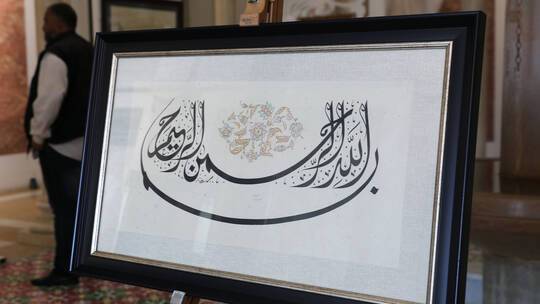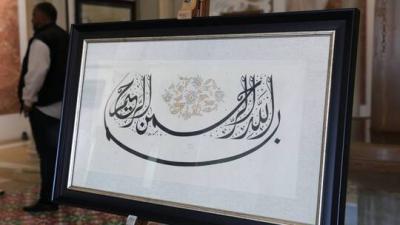UNESCO has announced the inclusion of Arabic calligraphy in its list of "Intangible Cultural Heritage." On its official website, UNESCO stated that "Arabic calligraphy is the artistic practice of handwriting Arabic in a flowing manner to express harmony, rhythm, and beauty," noting that "this practice, which can be transmitted through formal and informal education, employs the twenty-eight letters of the Arabic alphabet written in a connected style from right to left."
The organization added: "The original purpose of Arabic calligraphy was to make writing clear and readable, and it gradually evolved into a traditional and modern Arab Islamic art form," highlighting that "the flexibility of Arabic writing offers unlimited possibilities, even within a single word where letters can be extended and transformed in various ways to create different shapes."
It continued: "Traditional techniques use natural materials, such as reeds and bamboo stems for the pen or writing tool, and a mixture of honey, black soot, and saffron is used to make ink. The paper is handmade and treated with starch, egg whites, and alum. Modern calligraphy typically uses synthetic markers and paints, employing spray painting for calligraphy on walls, signs, and buildings. Artisans and designers also use Arabic calligraphy to enhance art forms, such as marble and wood carving, embroidery, and metal engraving."
UNESCO explained that "Arabic calligraphy is widespread in Arabic and non-Arab countries and is practiced by men and women of all ages, with skills transmitted informally or through formal schools and apprenticeships."




